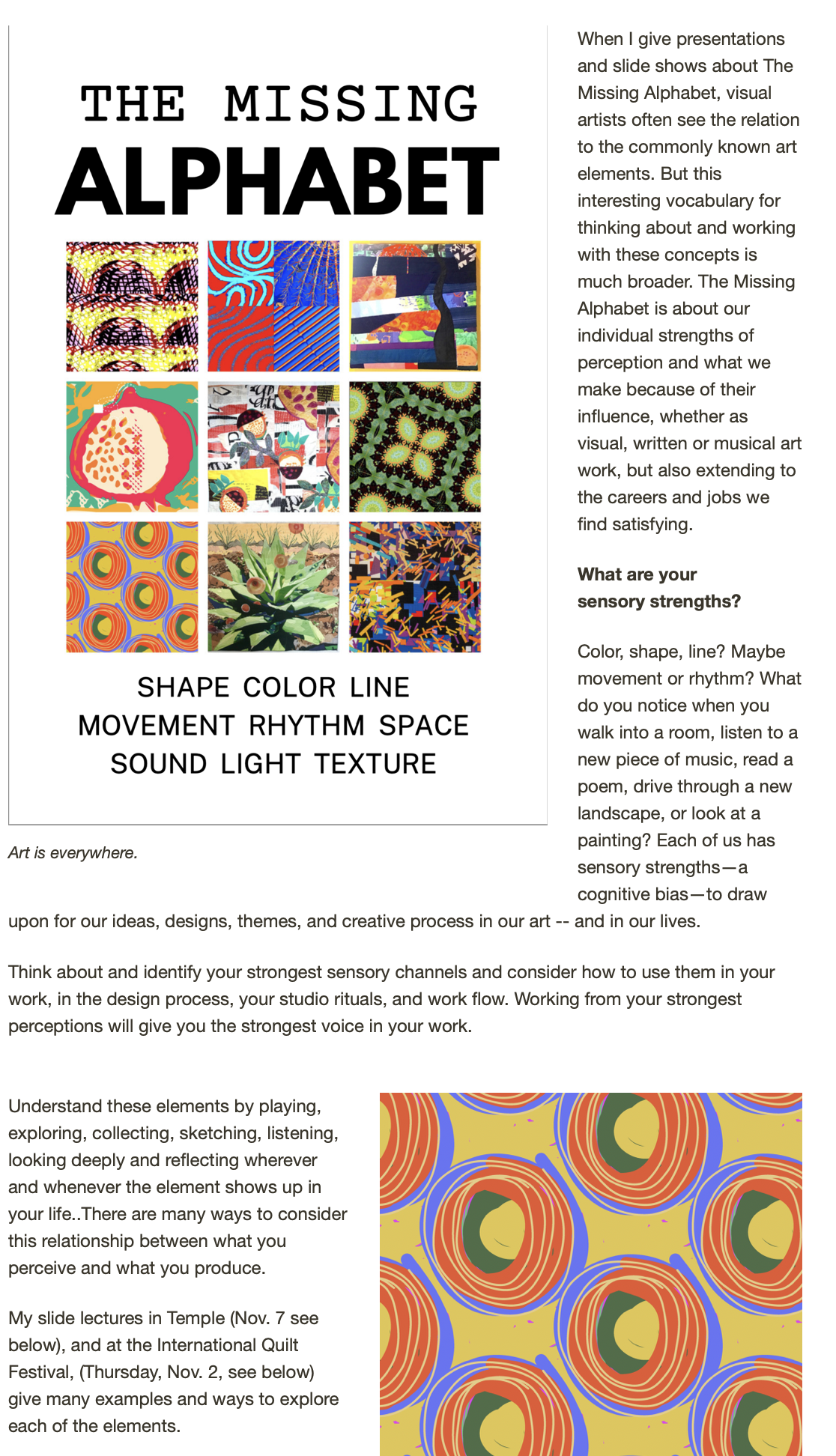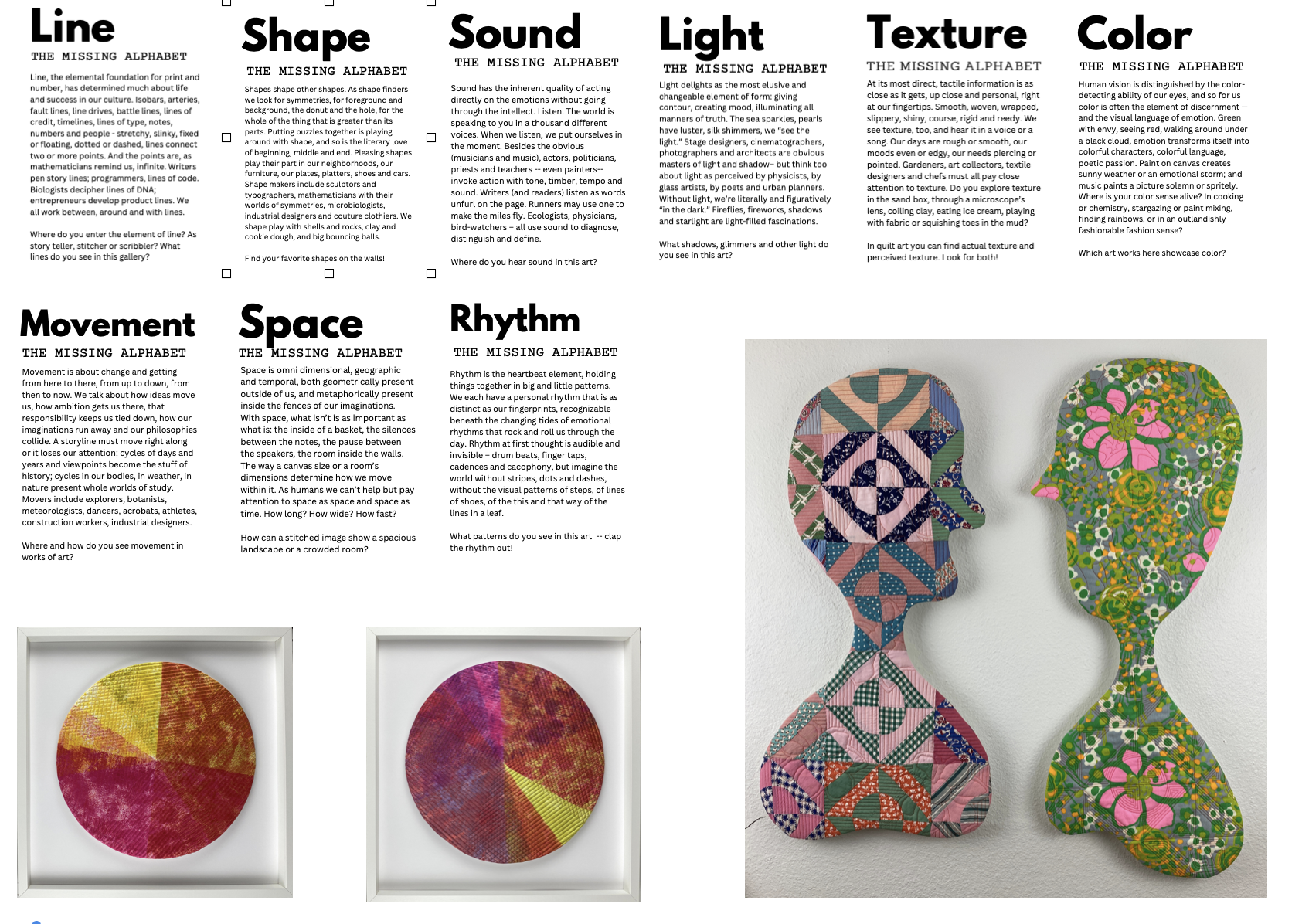
I've been playing around with notan expanded squares for years, ever since Jane Dunnewold of Art Cloth Studios showed our class the Japanese exercise. Her explaination is on the tutorial section of the Art Cloth Studios website, so you can go there and get the instructions straight from my source.
As Jane writes, so eloquently (as she always does),
Both symmetrical (the same all around) and asymmetrical (different on each side) designs can be achieved through the use of the expanded square concept. In order for the exercise to be completed successfully, there must be a feeling of balance in the design created. A symmetrical design can still be heavy, ponderous, or boring. If the design is working, it will be interesting and will feel balanced on all four sides. Test this idea by turning your paper as you study a completed design. Does it measure up when rotated and studied? Is it interesting from all directions?

There are many other notan exercises, all of them derived from what is considered a kind of visual meditation sometimes by its practitioners.This example is even simpler in execution. Simply cut a square apart in any way you wish, with the object being to reassemble it with white space in between, making again a pleasing and intriguing balance of white and black, light and dark.

I also like to play with the shapes in multiples, enlarging and reducing them on the copier, then reassembling into a rhythmic shape composition.

These exercises are a neverending source of inspiration for stamps, whole cloth quilts, applique, stencils, screen-printing and other graphic applications to fiber arts. I'd love to see your examples! Like snowflakes, there never seem to be two alike! Here's another site with examples too, from Princeton Online.
And here's a wonderful extension of the discipline into maskmaking by a class at San Jose.
By the way, there is room for one more shape-minded person in June's The Shape of the Matter workshop at El Cielo Studio. We'll be doing notan and lot's of other shape exercises in design, using shape as the structural bones for an art quilt, and more. If you're interested, send me a message via the contact box on the sidebar. Dates are June 26 - 28. For further info, see the workshop page.
And, if you're not overwhelmed with opportunities yet, you can find more shape exercises in our new book -- yes, it's for parents, but each set of activities includes a page for the grownup investigators, too.
Here's the exercises in the Shape section -- plus a whole slew of others that didn't make it into the book. I'd love to hear your ideas, too.
Shape investigations to do on your own:
Explore your home as though it were a museum. What kinds of shapes have you collected, consciously or unconsciously? Make an arrangement of disparate objects that share a shapely characteristic on a bookshelf or windowsill. What would the catalog of these shapes say about you?
As you drive through your neighborhood notice the shapes of buildings, homes, stores and other structures. Do the shapes that you see serve as clues to architectural eras, the history of the street? If yours is a new neighborhood, what historical styles have the builders called upon for inspiration? Shapes of windows, doors, rooflines and facades are your best clues.
Cut or tear shapes from colored paper and collage them to solid colored cards for interesting personal note paper.
Enroll in a ceramics class at a local art center or continuing education department of a local college or university. Or for self-guided exploration buy a 50-pound box of ceramic sculpture clay from a local supplier.
Watch a dance or mime performance (live or recorded) with an eye for shape, how the performers use their bodies and each other to create shapes in space. Some troupes and artists to look for: Mummenschanz (on the web at www.mummenschanz.com), Martha Graham -- who else?
Take a walk along a creek bed or river and visually collect the shapes you see in stones and water.
Dip into Georges Perec’s 1978 Life A User’s Manual, a non-linear novel that uses writing constraints – rules that the writer has imposed on the content and structure of the book – much in the way a visual artist uses shape in the composition of a painting.
Write a haiku each morning for a week about the weather outside your window. (How do constraints of syllable count shape your thoughts?)
Think about how your clothing affects your silhouette as you dress for work or play. Make an effort to wear something that changes your shape and pay attention to its effect.
Collect a specific shape (circles or cones, for example) or specifically shaped objects (manholes, terracotta vases, interesting doors) by photographing throughout a day, a week, a month. Post your collection on a photography website, such as Flickr, to share it with others.
Carve simple shapes using a craft knife into the side of an art gum or white artist’s eraser. Make shape patterns and grids using black stamp pad ink on white paper. Enlarge and reduce and repeat shape patterns using a copier. Can these inspire a quilt or other art project?




















